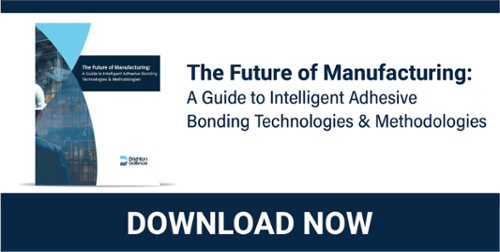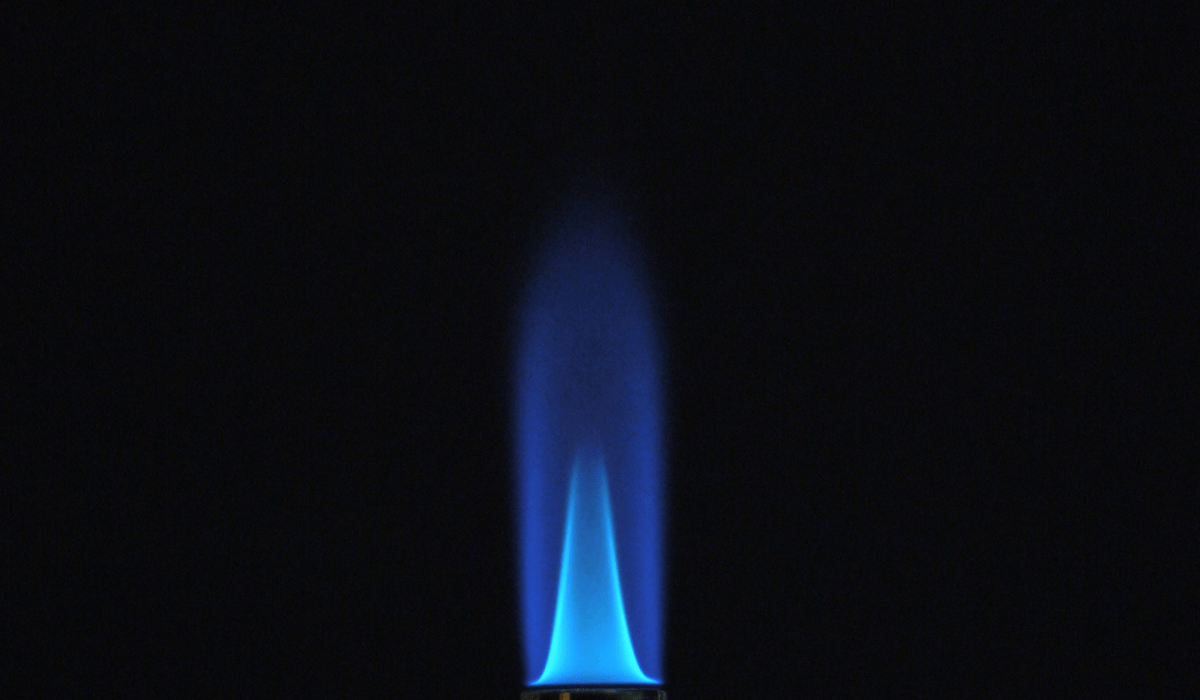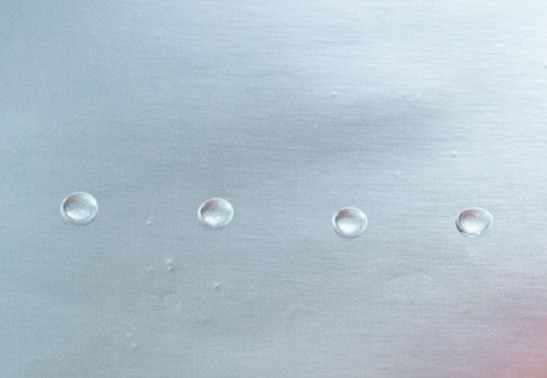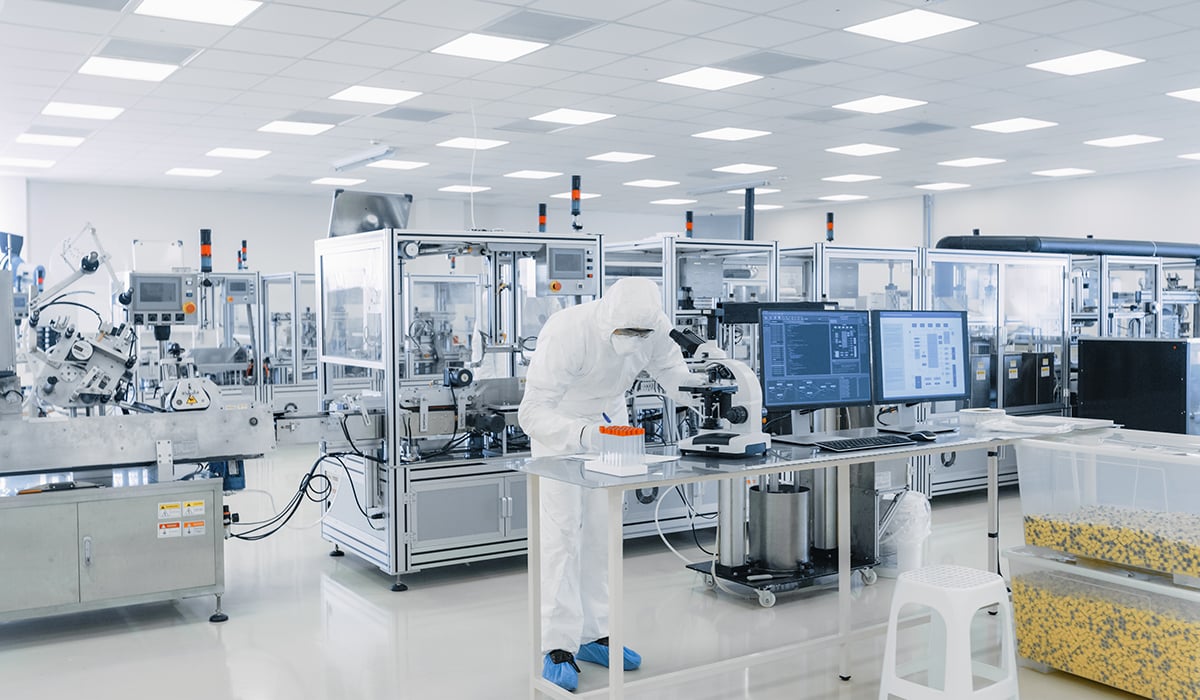Manufacturing large-scale molded products such as pools, boats, and aircraft parts is as herculean a process as the products they generate. Colossal molds are used to form fiberglass and other composites into aircraft wing panels, fuselages, boat hulls, bus shells, and pools.The proper application, curing, and subsequent rinsing of mold releases, which allow for the easy removal of these parts from their molds, are all critical to guarding against ruined products or challenges to downstream processes like coating, adhesive bonding, painting, printing, or sealing.
Since each of these products is typically made in relatively small batches, and each unit carries such a huge cost just to form, any failures are extremely expensive. Rework of imperfect parts may not be possible.
But processes equipped with predictive analytic systems can prevent failures before they happen. By monitoring the application of mold releases, ensuring a complete cure, and quantifiably verifying a clean surface after cleaning the mold release, manufacturers can be on their way to achieving a zero defect rate.
Rethink your adhesion manufacturing processes with Surface Intelligence.
The Importance of Properly Choosing and Applying Mold Release
There are a few different types of mold releases used by most manufacturers, and the application of these releases, or slips, can have several steps before the part is ready to be formed inside the mold.
- Waxes, usually paired with polyvinyl alcohol (PVA) parting film, are the legacy release agents that are particularly useful for molds that are more custom and won’t be used more than a handful of times because they are relatively inexpensive.
- Semi-Permanents are very thin films that, if properly applied and cured, remain on the mold walls for many cycles of use. These releases are often custom formulated to get just the right degree of slip which make these fairly versatile and very useful for big-run jobs.
- Sacrificial mold releases can be in the form of paste waxes or liquid polymers, but their defining characteristic is that they are designed to detach from the mold and coat the part as it is removed.
To learn more about using predictive analytics to reduce production costs by quickly and objectively defining successful processes, download our free eBook: Predictable Adhesion in Manufacturing Through Process Verification
Under each of these wide-ranging classifications, there are numerous options to select from, encompassing a vast array of brands, formulations, and variations. Each option offers different levels of slip and different curing times, with some requiring buffing, some requiring polishing, and others boasting that the molded parts need no further surface treatment after the part has been removed. It is essential to consider all the available options before making a choice.
It is important to note that despite the assurance of the release formulators, it is necessary to follow each step of the application of release agents, along with the process of laying up and removing the parts. Moreover, it is crucial to keep a close eye on the cleaning of these parts and measure the surface quality throughout the process. This approach will ensure a professional outcome.
The proper application of the mold release is crucial to it doing its job as designed. Paste waxes are often applied by hand and are enjoyed by manufacturers because they can fill in and level out tiny imperfections and inconsistencies in the mold walls, thereby preventing the transfer of those inconsistencies into the molded parts. Often, without the assistance of a barrier PVA parting film, there can be migration of styrene that will require additional sanding or processing to remove after molding the part. The parting films are “sacrificial” and leave the mold with the part and are usually water soluble and, therefore, easy to clean off.
But if the paste isn’t applied with the proper amount of buffing and polishing, it may not allow the easy release of the part resulting in major damage to both the part and the mold. Measuring the uniform application of the paste is crucial to not inadvertently leaving room for the part to stick inside the mold.
This is even more critical for semi-permanents which are often sprayed on in extremely thin films. Automation of this step can help eliminate inconsistencies, but, as the old saying goes, you can’t manage what you don’t measure. If manufacturers don’t have a way of quantitatively evaluating the uniform application and curing of mold releases, then they are leaving up to chance the possibility of ruining many very expensive parts.
How to Control Release Agent Application and Cleaning Processes
The science behind how mold releases work involves the concepts of surface energy and adhesion. The inverse of adhesion - adhesion - is a well-known but often rarely understood concept. Adhesion is driven by chemistry and how molecules form bonds when interfaces are made between two materials or substances. Adhesion is very similar but is driven by how those molecules repel each other and do not form bonds. Surface energy, or surface-free energy, is, essentially, the reactive or functionalized state of a material’s surface. The more surface energy a surface has, the more “energetic” it is and the more bondable.
One of the purposes of mold releases is to lower the surface energy on the inside of the mold so the polymer or composite material doesn’t bond with the walls and causes a lot of damage when they’re removed.
For semi-permanent mold releases, the release agent must be able to adhere to the mold so it can be used several times with consistent durability. The interior of the mold must be thoroughly cleaned of all previous mold releases and any other contaminants that would interfere with the adhesion of the agent. Typically cleaning is done with a media blast abrasion step to loosen up what’s stuck in the mold and then a solvent wash, with a thorough rinse, afterward.
A common method of evaluating the cleanliness of the mold is just to use a strip of masking tape on the wall. The idea is if the masking tape sticks - so will your release agent. That might be true, but the subjectivity inherent in that technique is pretty obvious.
Quantitative measurement of surface energy gives manufacturers an objective and unquestionable understanding of whether the release agent will stick. When the mold surface is cleaned, its surface energy is increased, so if you are able to measure the change in surface energy accurately, then you can definitively know when your surface is ready to be coated and make a strong bond with your release agent. A simple and fast water contact angle measurement is all that is required to do this crucial analysis.
Additionally, over-application or insufficient application due to the geometry of the mold needs to be carefully measured. If an inconsistency is noticed, usually the solution manufacturers turn to is just to apply another coat or two of the release. This over-application can result in good releases of the molded parts but will also often result in the transfer of the release agent onto the surface of the parts.
It can save massive amounts of time and money to apply the release agent correctly the first time. Poorly applied release requires a complete recleaning (mechanically and chemically) of the mold and reapplication, which is an unnecessary rework process that can be avoided by measuring the surface energy of the coated surface.
Surface energy can be synonymous with surface quality because the goal of these processes is to achieve a very specific surface that will either reliably adhere or reliably not adhere. So, measuring surface quality before cleaning the molds, after cleaning the molds, after application of the mold release, and then before and after cleaning the mold release off the surface of the molded part is a vital process control exercise that ensures each of these critical steps is done efficiently, quickly and only one time.
Measuring Surface Quality to Ensure the Cleanliness of Molded Parts
Once the parts have been safely removed from the mold, it is essential that they be thoroughly cleaned. Release formulators will give a lot of advice about the amount of cleaning that needs to take place, but the only way to know for sure what the cleaning needs of your process are is to measure the surface quality and determine that it is ready for any bonding, coating, painting, printing or sealing needs to be done after forming the parts.
Revolutionize Your Manufacturing with Surface Quality Inspection Technology.
The release agents are formulated with silicones, fluoropolymers, low-odor substances, and many other ingredients to decrease build-up, increase lubricity and flow, and do all the wonderful things that manufacturers rely on these releases to do. When these substances are transferred to the molded parts, they will have the same effect on downstream processes causing weak bonds, shoddy paint jobs, intermittent failures, costly repairs, and warranty claims.
Measuring surface quality gives manufacturers peace of mind, knowing that there really wasn’t any transfer to the parts’ surfaces or that the cleaning process was able to get the surface to a state that is ready to bond.
Manufacturers who utilize large molds to form their products are mindful of the impact that cleaning processes and proper application and curing of the release agents they use have on their final products. What many manufacturers aren’t doing, however, is measuring that impact with production-level, objective, fast surface quality measurements that can unequivocally say whether each Critical Control Point in their process is fully optimized.
To learn more about using predictive analytics to reduce production costs by quickly and objectively defining successful processes, download our free eBook: Predictable Adhesion in Manufacturing Through Process Verification. This guide will show you how to increase production yield, reduce warranty claims, and rework through data capture and control plan implementation.





